
The challenges posed to your car by winter are well-documented, but warmer months can also present particular problems for the components of your vehicle. With summer now officially underway, we present you with 10 tips for ensuring your car is in top condition as the temperature rises.
Check your tyres
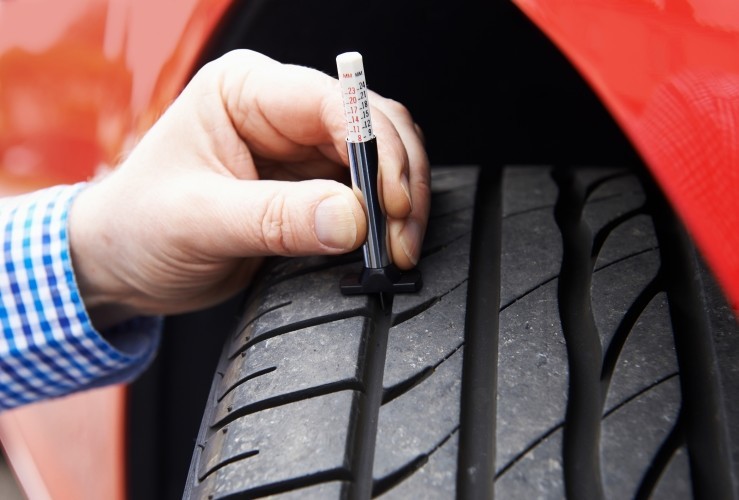
In terms of impacting safety and performance, perhaps no other component of your car is more important than the tyres. Worn or underinflated tyres can be detrimental to both handling and braking - and at high speeds could even result in a blow-out; something that no driver ever wants to encounter. Check your tyres for wear and tear – look for side wall bubbles, visible wear bars and uneven wearing. Ensure your spare tyre is fully inflated and in good condition.
Clean your car

Aside from making your car look great, cleaning it inside and out will make it easy to spot leaks or damage. If you haven’t given your car a once-over since winter, salt and grit may still be stuck underneath your car, in panel gaps and in various other nooks and crannies. Use a high power jet wash to dislodge these materials, not forgetting the wheel arches or underbody. But be careful not to damage anything with the spray.
Check your brakes
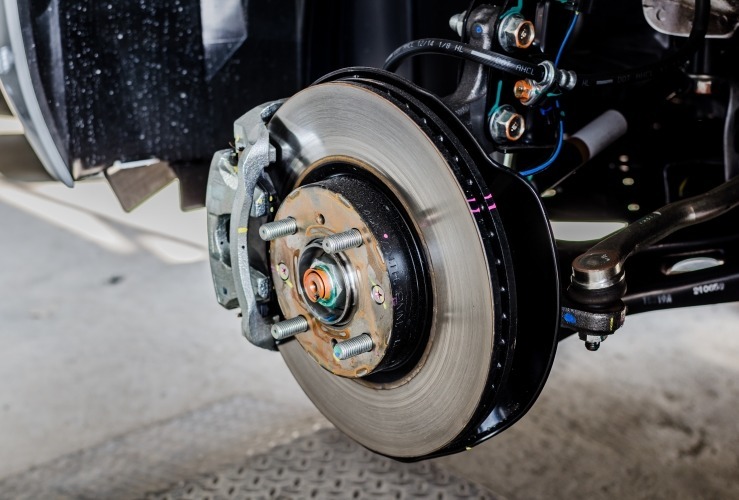
The slower traffic of winter time means your brakes have seen a lot of additional use – which may have made them less effective. Extreme thermal cycling – the contrast of high temperature usage and contact with cold water or ice – can also cause severe damage. Naturally, brake inspections are much easier if you remove the wheels. Do this if you have the knowledge and experience, then check the edges of your brake pads for signs of crumbling or discoloration. Also examine the rotors and drums for cracking. If you can’t fix any issues yourself, visit your local garage.
Check your oil
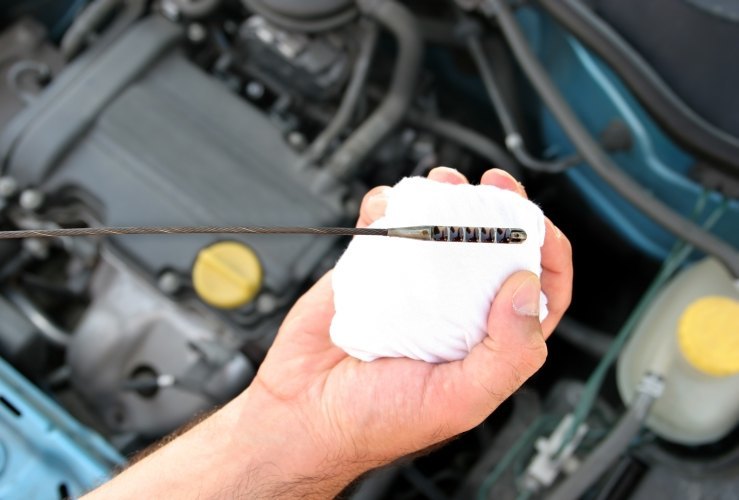
Your oil dipstick should show an amber shade up to the fill mark. If it is below the fill mark, top it up. If the dipstick is coated in a black, grimy film, change your oil immediately. Normal oil should last between 4000 and 5000 miles, while synthetics should last two to three thousand additional miles. Climate and manner of use will impact these figures.
Automatics: Check your transmission fluid
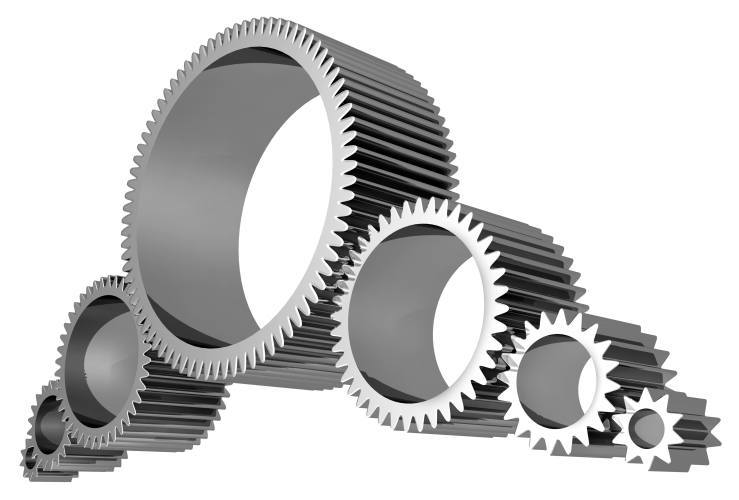
If you have an automatic, make sure the fluid is topped up to the manufacturer’s recommended level. Some models come complete with 'lifetime fluid', meaning you shouldn’t need to worry about it.
Manuals: Check your transmission fluid
Unless you really know your way around your manual car, checking the transmission fluid levels is rather tricky. The easiest way to ensure there are no problems is to ask your garage to take a look.
Check your coolant
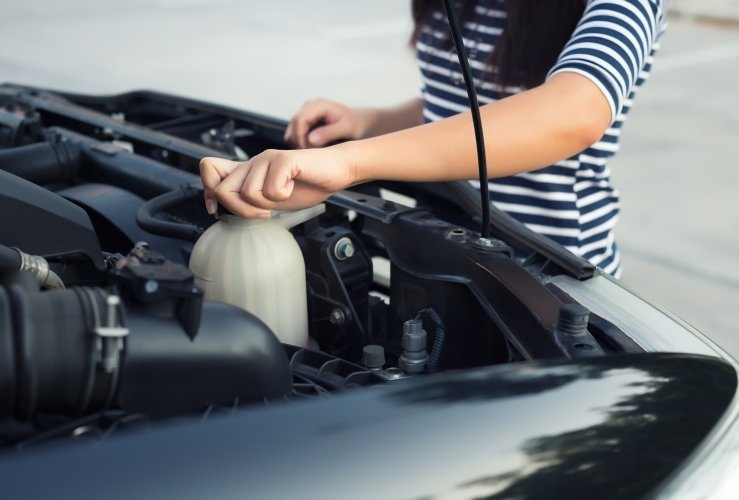
Make sure the coolant in your overflow or radiator tank is full, and, using a coolant tester, that it is mixed at the correct ratio. Aim to change your coolant annually. Care should be taken with coolant, especially if you have a dog – they love the sweet smell of this liquid, but it is poisonous if ingested.
Check your power steering fluid
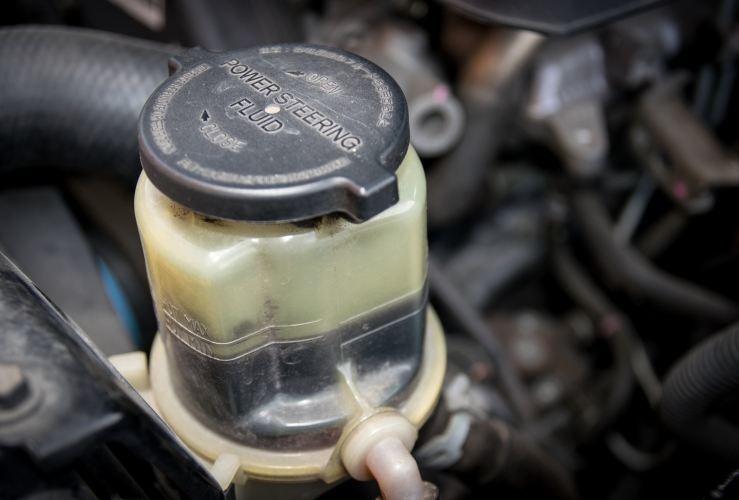
Not all garages will check this as a matter of course, but it is worth investigating. Low fluid level can make steering more of an effort, while dirty fluid can damage the entire system – which means a big repair bill. Your car’s manual will provide details of how to check the fluid level.
Check your brake fluid

Low brake fluid could impair your braking ability – or even make it impossible to brake at all. As such, ensuring you have optimal brake fluid is crucial. But take care – brake fluid is highly toxic.
Check your battery
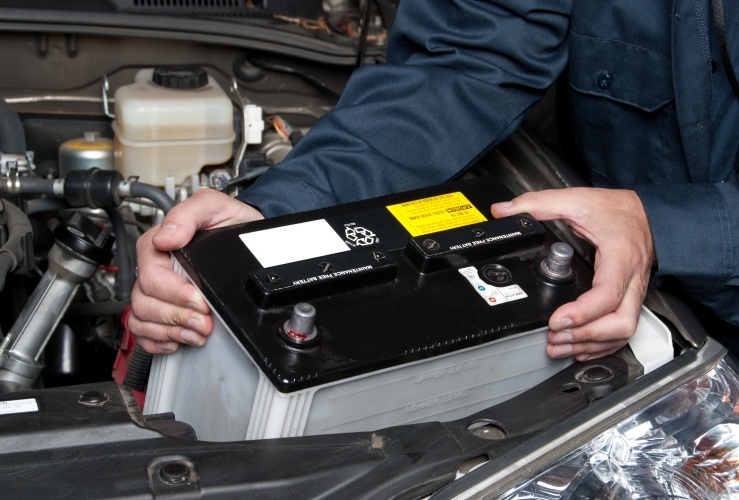
Ensure your battery fluid levels are up to the brim – but only use distilled water if any top-up is needed.
Remember to only take on any of the tips mentioned in this article if you have the knowledge and experience to undertake them safely.




